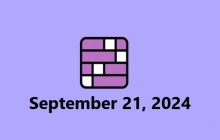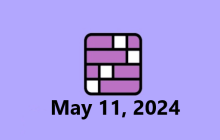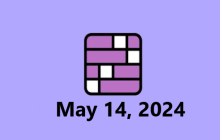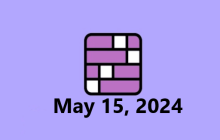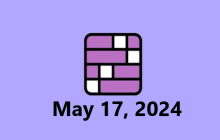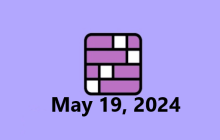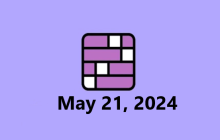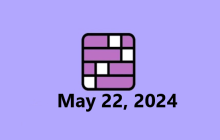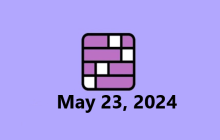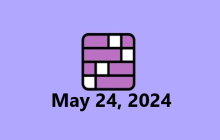Connections Unlimited is a word game by The New York Times where players are tasked with sorting 16 words into four groups of four, based on shared connections or themes. The categories can range from synonyms and cultural references to cleverly disguised puns.
The challenge lies in identifying the precise link between words, often requiring a mix of lateral thinking and general knowledge. With only four incorrect guesses allowed, strategy is crucial to success.

Today’s puzzle was a delightful mix of pop culture, wordplay, and trivia. Below are the answers for the four groups:
[Category 1: Classic Board Games]
[Category 2: Synonyms for Quick]
[Category 3: Famous Novels by Female Authors]
[Category 4: Items You Wear]
If you’re looking to improve your Connections skills, here are a few tried-and-true tips:
Scan for Obvious Connections First
Start with categories you can spot immediately. For example, items that are part of the same group (e.g., clothing, animals, or colors) tend to stand out.
Look for Wordplay
Be prepared for puns or double meanings. Words can have multiple interpretations, and the game often plays on this to add complexity.
Group by Elimination
If a word doesn’t fit with your initial groups, set it aside and revisit it later. Often, tricky words are part of the most subtle connections.
Limit Incorrect Guesses
Remember, you only get four mistakes! Use your guesses wisely, and don’t rush to test uncertain combinations.
Connections NYT has gained immense popularity for its mix of education and entertainment. It sharpens your vocabulary, enhances your critical thinking, and provides a satisfying mental workout—all in just a few minutes a day.
Whether you’re a casual word game fan or a crossword enthusiast, Connections offers a fresh and engaging challenge. It’s the perfect way to start your day, exercise your brain, or wind down in the evening.
The Connections NYT puzzle for November 20, 2024, offered a great balance of difficulty and fun. As always, the key to success lies in keen observation and creative thinking. Whether you solved it on your own or needed a little help, remember that each puzzle brings a new opportunity to learn and improve.

